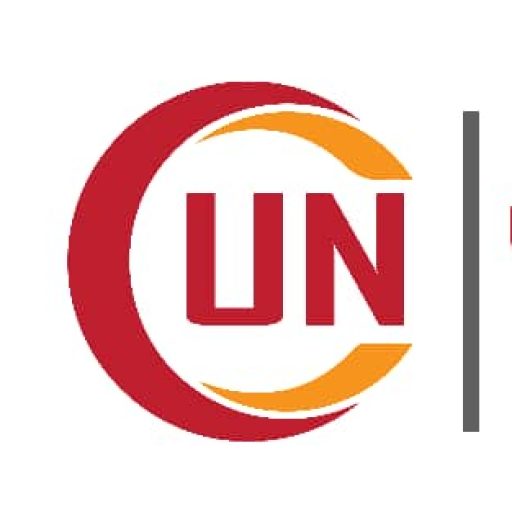On March 24, 2025, the East African Community (EAC) and Southern African Development Community (SADC) held a pivotal virtual summit to address the escalating security crisis in Eastern Democratic Republic of the Congo (DRC).
The summit was an extension of previous efforts to bring about peace in the region, and the leaders of both regional bodies resolved to accelerate the peace process through a series of strategic steps, including the appointment of a five-member panel of facilitators.
This panel, tasked with supporting the mediation efforts, comprises prominent former leaders from across Africa: Uhuru Kenyatta (Kenya), Olusegun Obasanjo (Nigeria), Kgalema Motlanthe (South Africa), Sahle-Work Zewde (Ethiopia), and Catherine Samba-Panza (Central African Republic).
The summit was attended by key regional leaders, including Félix Tshisekedi, President of the DRC, and his Rwandan counterpart, Paul Kagame, in what marked a notable instance of dialogue between leaders often at odds due to the ongoing regional tensions.
The summit was co-chaired by William Ruto, President of Kenya and Chairperson of the EAC, and Emmerson Mnangagwa, President of Zimbabwe, who also serves as the Chairperson of SADC.
A New Path Toward Peace: Key Outcomes of the Summit
According to a joint communiqué released after the summit, a critical milestone was reached with the adoption of a comprehensive report from the EAC-SADC ministers. The report outlined steps toward achieving a ceasefire, the cessation of hostilities, and the establishment of a secretariat to monitor the implementation of the summit’s resolutions. These measures are viewed as crucial in halting the ongoing violence in Eastern DRC, which has displaced thousands of civilians and exacerbated the humanitarian crisis in the region.
One of the significant aspects of the summit was the reaffirmation of previous peace efforts, including the critical roles of the Luanda and Nairobi peace processes.
The leaders agreed to merge these two initiatives, thereby consolidating efforts to create a more cohesive framework for resolving the conflict.

A key element of this new approach involves the implementation of a harmonized plan for neutralizing the Democratic Forces for the Liberation of Rwanda (FDLR), a militia group operating in the DRC and primarily composed of perpetrators of the 1994 Genocide against the Tutsi in Rwanda.
The FDLR remains a persistent threat to regional stability, particularly in Rwanda, where it is seen as an existential security challenge.
President Kagame, while participating in the summit, reiterated Rwanda’s longstanding concerns about its security.
He emphasized that Rwanda’s security must be addressed in tandem with the broader issues affecting the region, including the situation in DRC.
Kagame’s statements underscored the need to respect the sovereignty and territorial integrity of all nations involved, highlighting Rwanda’s sensitive position in the regional conflict.
His concerns echo the historical context of the Rwandan genocide, in which the remnants of the FDLR and other armed groups continue to pose significant risks to both Rwanda and the surrounding countries, particularly the Tutsi communities in eastern DRC.
The Situation on the Ground: Escalating Violence and Humanitarian Crisis
The military dynamics on the ground remain fluid, with the M23 rebel group maintaining control over several key towns in Eastern DRC.
The group has continued its advance despite numerous international and regional calls for peace, further exacerbating the already fragile security situation.
As a result of the ongoing fighting between M23 and DRC forces, thousands of people have fled their homes, seeking refuge across the border in Uganda and Rwanda.
The mass displacement has added to the growing humanitarian crisis in the region, which continues to be a major concern for both the DRC government, neighbouring countries and international organizations working on the ground.
The Road Ahead: Regional Cooperation and Sovereignty
The virtual summit also stressed the importance of regional cooperation and the need for a multilateral approach to peacebuilding.
While Rwanda and DRC have often been at odds over issues related to the conflict in the region, the summit represented a rare moment of dialogue between these two nations.
The summit’s emphasis on respecting each country’s sovereignty, territorial integrity, and security concerns highlights the complexity of the issues at hand.
At the same time, it underscores the necessity of collaborative efforts between regional bodies such as the EAC and SADC to address the broader security concerns that have long plagued the Great Lakes region of Africa.
The summit marks an important step in the ongoing efforts to stabilize Eastern DRC. The appointment of a distinguished panel of facilitators and the adoption of a comprehensive peace plan signals a renewed commitment by regional leaders to address the complex challenges posed by armed groups, instability, and displacement.
However, as the situation on the ground continues to evolve, it will be crucial for the international community to maintain pressure on all parties to adhere to the peace process and to ensure that tangible progress is made toward a lasting resolution to the conflict, according to security and peace experts.
























